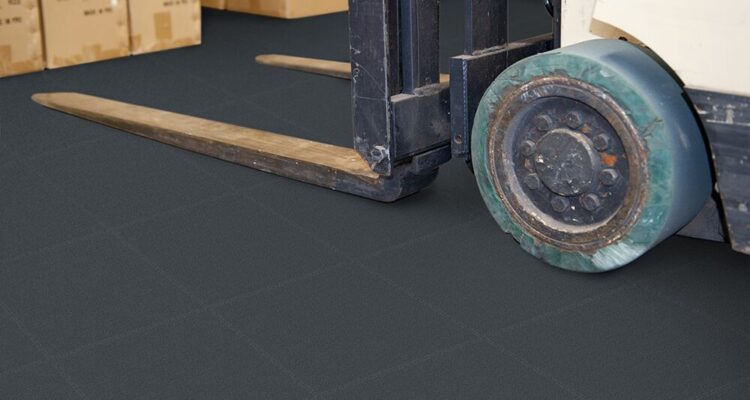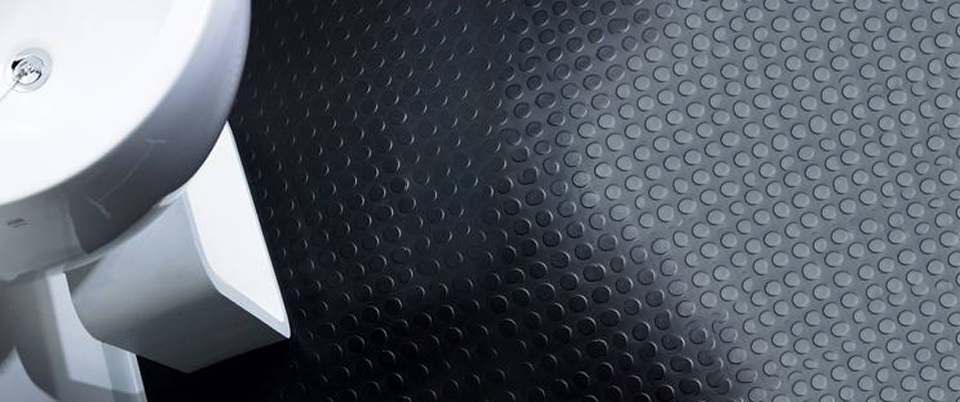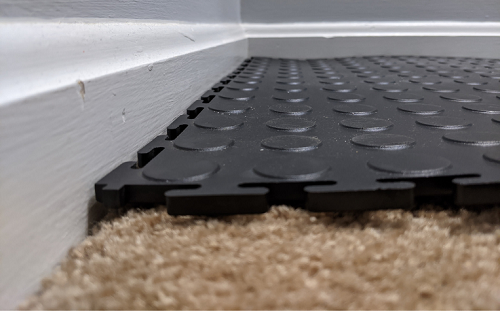A Comprehensive Guide to PVC Mats: Your Durable and Versatile Flooring Solution

Advantages and disadvantages of rubber tile
Rubber comes with a variety of inherent advantages that have made it an extremely popular flooring option for high-traffic commercial settings. And now that it’s available in a wide selection of colors, patterns, and textures, this material is making its way into the interior and exterior residential applications as well. However, these advantages are balanced by a number of disadvantages, which are important to understand before making a final decision about your flooring. Let us read on what the rubber tile offers.
Advantages of rubber tile flooring
Rubber flooring is a type of flexible flooring and therein lie its most obvious advantages. Like other elastic materials, such as vinyl and linoleum, rubber flooring provides a durable, easy-to-clean surface that is suitable for harsh environments such as gyms, basements, bedrooms, game rooms, and laundry and utility areas.

Here are some other specific advantages of rubber tile flooring:
Durability:
Perhaps the most common benefit of rubber flooring is the fact that it is strong, tough, and durable under a variety of conditions. Depending on the type of tile used and the environment in which it is installed, properly cared for rubber flooring can last 20 or more years.
Simple maintenance:
The rubber floor can be very easy to care for. Synthetic rubber flooring is generally more resistant to stains than natural rubber.
Some types can be polished with a water-soluble wax to make it more resistant to damage and fading, but the wax must be periodically removed and reapplied, creating its own maintenance needs. Rubber floor cleaning generally requires no more than a damp (never wet) mop. If you use a cleaning product, check with the manufacturer first, as aggressive detergents can damage some floors.
Softness:
Despite its durability, the rubber sole is soft underfoot. This is one of the main reasons why it is so popular for exercise rooms and game rooms. In general, the thicker the floor, the smoother it is.
Some types of rubber flooring have an additional cushion made of fabric, cork, or foam rubber backing.
Water-resistant:
Most rubber flooring is highly resistant to moisture damage to the top and bottom surfaces of the material.
But nevertheless; If you are installing it below ground level, such as in a basement, you may need to include a vapor barrier to prevent moisture from seeping in from below. Some rubber tiles are also specially treated to be suitable for wet environments.
Silence:
The elasticity of the rubber floor makes it very quiet for walking. Heels don’t click, and dropped objects don’t resonate or collide, as they do on most hard-surfaced floors.
Style options:
This can be an advantage or a disadvantage, depending on your decorating goals. For many years, the rubber flooring style options largely stopped at polished black or slate gray, but today you can choose from a wide variety of colors and textures, such as coins, sheets, and diamond tile textures.
There are also types that mimic hardwood or tile floors. On the other hand, rubber flooring doesn’t offer as many colors and design options as vinyl or linoleum, and the wood-like materials look nothing like the real thing.

Disadvantages of rubber tile flooring
It’s fair to say that rubber tile flooring represents a niche in the flooring market.
This means there are far fewer manufacturers and distributors – and consequently fewer options – than with major flooring materials. Rubber flooring also has fewer applications in the typical home.
As great as it is for activity areas, most rubber flooring doesn’t have the right look and feel for living space (but you can be the judge of that). Here are some other common drawbacks to be aware of:
Cost:
Premium rubber flooring can be quite expensive. Tiles suitable for exercise rooms can cost less than R50.00 per square foot, but types that are attractive enough for living areas can go as high as R200- R300 per square foot, comparable to some natural stones and others. high-end floors.
Slip:
Smooth, non-textured rubber tiles can slip when wet. This problem is even worse if the floor has been waxed and polished.
Staining:
Although rubber flooring is resistant to most staining agents, there are some products that can discolor its surface. Strong detergents and abrasive cleaning fluids can be especially harmful to rubber floors. The rubber floor can be stained with grease and oil; This should stop serious home cooks from using them in their kitchens.
Seams:
Rubber flooring tiles may be water-resistant, but the installed flooring is loaded with seams that can allow water to pass into the subfloor below.
This is true for any type of flexible floor tile; it simply cannot reliably seal against moisture penetration. Therefore, it is not a great option for very humid areas, such as bathrooms with showers or bathtubs, or at least the immediate area around the shower or bathtub.
This Post Has 0 Comments